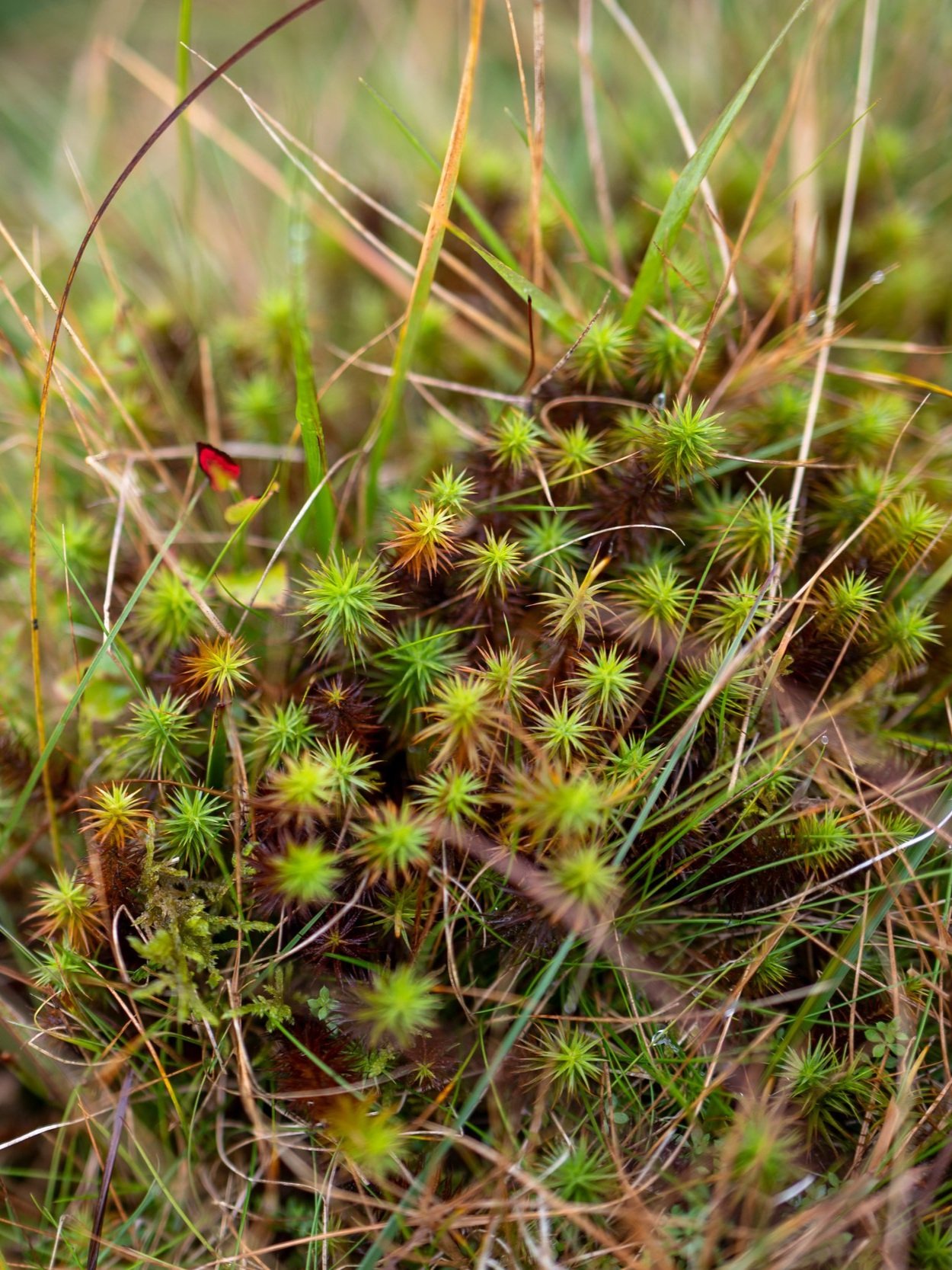Taking tiny steps - A creative journey to a brighter greener future
Photo by Jim Wileman
We recognise that we face the giant dilemmas of climate change and ecological disaster. It is overwhelming, huge, difficult to handle, destructive, terrifying - rather like what we imagine a real Giant might be like.
Even the tiniest foray online to try and figure out what to do and where to start can leave you feeling inadequate, disempowered, like a failure before you have even started.
When the overwhelm is too much - Look to Moss
Overwhelm is why we suggest looking to moss for inspiration. Mosses may be tiny, but they tell an epic story of resilience, persistence, survival, nurturing, and transformation. They emerged from the oceans and changed the climate by capturing and bury carbon as soil that allowed all the rest of life on land to evolve and grow.
The central messages moss tells us are - It’s okay to be small - Keep is small, keep it simple, absorb what you need, work together for good, adapt, create space for others to grow and thrive, and continue.
Instead of trying to imagine some huge epic change, can we instead imagine a small step we could take to bring about a better world?
We have learned that we can overcome the overwhelm of the climate challenge by taking tiny steps that give us courage, hope, energy, confidence and experience that help us take the next step towards resilience.
Seek inspiration from smallness
You can find out more about mosses and how they can inspire us to live better by looking at our publication Be More Moss which was developed through The Art and Energy Collective and Plymouth Culture’s work holding Creative Climate Conversations with Creatives across Plymouth.
Be More Moss: A Mossellany of Questions for Life is available free of charge for everyone to read and download. A printed version can be purchased from our online shop for £15.
Use creative activities to overcome anxiety
We’ve found that conversations about the climate and ecological emergency trigger anxiety and when people are anxious conversations become charged and more difficult and people more into fight, flight, freeze or fawn responses which limit their ability to think and communicate well. When people are anxious, they tend to reach fore existing ideas and habits for alleviating stress rather than giving space for new ideas to emerge.
By giving participants simple creative activities preferably in nature, we can disrupt unhelpful social dynamics and alleviate anxiety; which allows people to slip out of the habitual, think freely, and reach for new solutions. It also allows people to experience a shift in social dynamics, giving conversation, contemplation, and appreciation more time, building new kinds of cohesion amongst the group.
In addition to overcoming eco-anxiety, we see that creative skills are essential for helping us navigate the difficulties of the climate and ecological emergencies and supporting us to live well.
Experiencing and making art can help people;
develop technical and creative skills to face whatever is to come
make sense of the world, witness and share our experiences
explore new ideas and experiment, opening doors in the imagination to new possibilities and ways of living
find courage and agency when experiencing eco-anxiety
grow new connections with our nature and communities
have fun and give energy to change
Facilitating creative conversations about climate
Working with members of the culture sector in Plymouth in 2023, we used our mass-participation artwork The Mossy Carpet as a tool to instigate conversations about creativity and the climate emergency in the city. Our aim was to
Give participants space to share what they are doing already and some of their tacit knowledge
Find out about other creatives practice and the challenges they face
Invite people to seek inspiration from mosses and encourage a next step
Use The Mossy Carpet to demonstrate how there is already a creative movement for a better world in the city
Invite people to identify what actions might be needed in the city.
Examples of tiny steps that creatives decided to take immediately
Photo by Fotonow CIC
Collaboration and connection building including - Learning more about water flows in the city and beyond, visiting a repair café to find out about what happens there, looking into Julie’s Bicycle’s work, Working with Wise Roots CIC to create forest gardens, Going fertiliser free, Only mowing the middle of the lawn,
Tangible commitments including - Avoiding air travel, Going on a litter pick, Producing a play about beavers, Only buying second-hand clothing, Managing resources more efficiently, Turning the tap off while brushing teeth, Not running the washing machine during a storm.
Considering new products or services for our communities - Offering a mending service.
Supporting each other’s projects - Offers of work, offers of advice, Offers to share space and resource.
Commitments to learn - About wind energy. Find out how to make recycled threads, What does a de-growth economy mean for Dance, Think more about ways that I can use my creative practice to raise awareness.
It’s clear that people really valued finding their tribe
The catalyst for these commitments was participating in making The Mossy Carpet - a creative experience bringing people together in conversation about something they care about. In particular creatives valued being in conversation with those who are exploring how they deal with the question of how to be an artist who cares about social and environmental justice.




